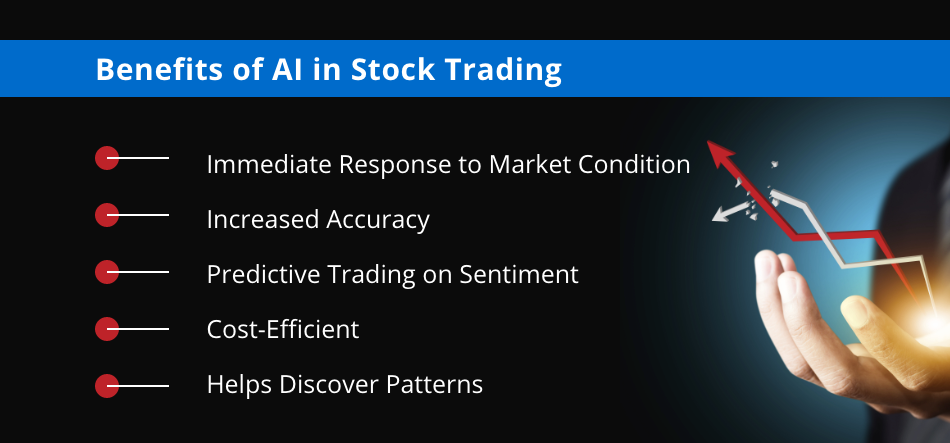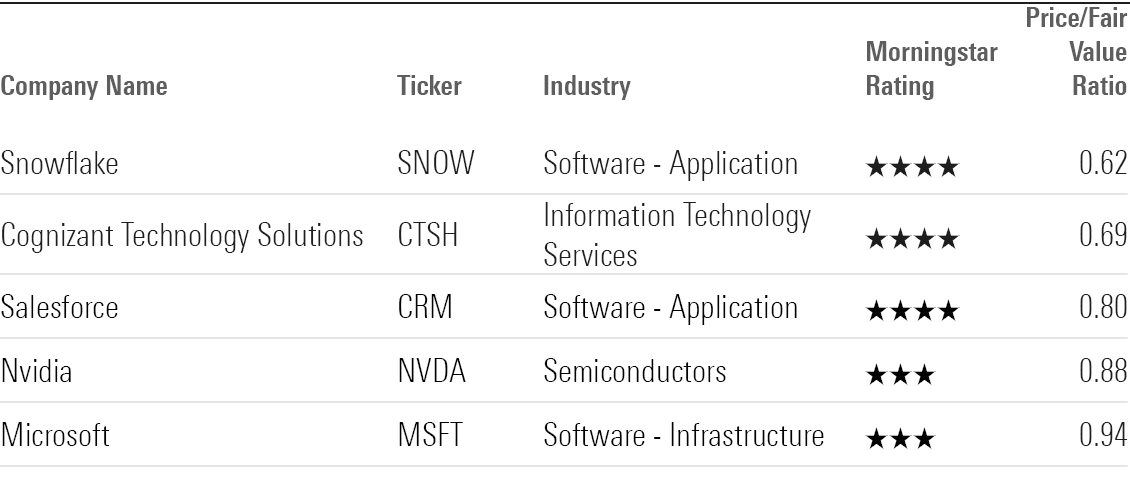It is important to assess the cost and pricing of AI trading platforms that predict/analyze price of stocks. This will help you keep out any costs that are not obvious. Understanding the price structure is important for making an informed decision. Here are the top 10 strategies for evaluating price and cost.
1. Understand Pricing Model
Subscription-based : Determine if there is a monthly fee or an annual cost and what features are included in each.
Pay-per-use: Check that the charges for the platform are based on the use, for example, the number of trades (or data requests), or prediction.
Freemium: Determine the extent to which a platform provides a limited free tier and costs extra to access premium features.
2. Compare Pricing Levels
The features offered in each price range (e.g. basic, professional, and enterprise).
Scalability: Ensure that your pricing levels match your requirements, whether you're an individual trader or professional.
Upgrade flexibility: See if your plan can be easily upgraded or decreased as your needs evolve.
3. Evaluate Hidden Costs
Data charges: Find out for any extra charges for premium data (e.g. live data, or advanced analytics).
Brokerage Fees: Determine if your platform charges extra costs for trade execution or integration.
API use: Find out if you will be charged additional fees for high-frequency API usage or API access.
4. Demos as well as Free Trials and Test Drives
Trial period: Test platforms that offer a free trial or demo to test their features.
Check the limits of a trial trial. Does it include all features?
Options with no commitment You are able to end your trial at no fees if you feel that the software does not meet your requirements.
5. Find the most recent discounts and offers
Discounts on annual subscriptions The monthly plan is compared with the annual plan.
Referral Programs Find out whether your platform offers discounts or credits to customers who refer other users.
Institutional pricing: If you're part of an enterprise, inquire about institutional or bulk pricing.
6. How to Evaluate Return on Investment (ROI).
Value and cost: Examine the price of a platform against its features. For instance, can it aid you in making better trading decisions or reduce time?
Performance track record - Check the platform's performance rates or user feedback for an indication of its potential return on investment.
Costs of other platforms: compared the costs of the platform to the possible cost of not utilizing it (e.g. missed opportunities, manual analyses time).
Review Policies on Cancellation and Refunds
Policy on cancellation: Make sure that you can cancel the subscription without penalty, or with no hidden fees.
Refund policy Check if the platform will refund you for unused portions.
Auto-renewal: Determine whether the platform auto-renews your subscription, and how you can decide to stop it.
8. Assess Transparency in Pricing
Clear pricing: Ensure that the platform's pricing is clear and includes no hidden costs.
Customer Support If you have any questions about pricing information and other charges, call customer support.
Contract terms: Make sure you understand the service terms and any fines.
9. Compare your competitors
Compare features and prices of different platforms to get most competitive price.
User reviews: Read reviews from users to determine whether other users think that the platform is worth the price.
Market positioning: Check whether it's priced at an upper-end, mid-range or low-cost option and if it is in line with what you expect.
10. Calculate Long-Term Costs
Price increases: Find out whether and when the platform increases its prices.
Features added - Find out if the new features are part of your current plan, or if an upgrade is needed.
Cost of scaling: The platform should be priced appropriately as your trading activities or data requirements grow.
Bonus Tips
Free trials of different platforms are available to try and compare the value and performance of different platforms.
Price negotiation: If your institution or you are a heavy user, it's worth asking about discounts or custom pricing.
Check for educational resources: Some platforms offer tools or resources for education that are free that add value over their primary features.
If you follow these guidelines, you'll be able to evaluate the price, cost, and the features offered by AI stock trading platforms. A balanced platform can provide you with the best of both worlds: affordability and functionality. Check out the top what is it worth on ai chart analysis for site examples including AI stock trading app, ai trading tools, best ai trading app, ai for stock predictions, ai investing, ai for stock predictions, ai investment app, ai investing platform, ai for trading, best ai for trading and more.

Top 10 Tips To Evaluate The Up-To-Dates And Maintenance Of AI stock Predicting/Analyzing Platforms
To keep AI-driven platforms that make predictions about stocks as well as trading safe and effective It is vital that they be regularly updated. Here are the top 10 ways to evaluate their updates and maintenance strategies:
1. Updates will be made frequently
Check the frequency of your platform's updates (e.g. every week, monthly, or quarterly).
Why are regular updates evidence of a growing business and a willingness to respond to market changes.
2. Transparency is key in the Release Notes
Review the notes in the platform's Release Notes to discover what changes and improvements are being made.
Transparent release notes show that the platform is dedicated to ongoing improvements.
3. AI Model Retraining Schedule
Tips: Find out how often the AI models are refreshed with fresh data.
The reason is because markets change constantly, it is important to keep up-to-date models to keep them accurate and relevant.
4. Bug Fixes & Issue Resolution
Tips Check how fast a platform can address issues reported by users or fixes technical problems.
The reason: Quick fix for bugs ensure that the platform is reliable and usable.
5. Security Updates
Tip: Verify that the website is constantly changing its security procedures to secure the user's data as well as trading activities.
Why? Cybersecurity is important for financial platforms, as it helps prevent fraud.
6. Integration of New Features
Find out if any new features are being introduced (e.g. the latest databases or advanced analytics) in response to the feedback of users and market trends.
Why: The feature updates show innovation and responsiveness to users' needs.
7. Backward Compatibility
Tips: Make sure that the update doesn't cause major interruptions to functionality that is already in place or require a significant change in configuration.
The reason: Backward compatibility provides users have a smooth experience when they transitions.
8. Communication with users during maintenance
You can assess the dissemination of maintenance schedules or downtimes to users.
Why: Clear communication reduces the chance of disruption and boosts confidence.
9. Performance Monitoring and Optimization
TIP: Ensure your platform is monitoring and optimizing system performance metrics (e.g. precision, latency).
The reason: Continuous optimization makes sure that the platform remains effective and expandable.
10. Compliance with Regulatory Changes
Tip: See whether your platform is up-to-date with the latest technology, policies, and laws pertaining to data privacy or the latest financial regulations.
Why: Conformity with the regulatory requirements is crucial to maintain the trust of users and to minimize legal risks.
Bonus Tip: Integration of feedback from users
Check whether the platform incorporates feedback from users in its upkeep and updates processes. This indicates a focus on the customer to improvement.
If you evaluate these elements by evaluating these aspects, you can be sure that the AI stock prediction and trading platform you select is maintained up-to-date and capable of adapting to changing market dynamics. Take a look at the most popular best ai for stock trading examples for more tips including ai share trading, best AI stocks, ai options trading, AI stock analysis, ai options, AI stock analysis, how to use ai for stock trading, stock predictor, ai investment tools, best AI stocks and more.
